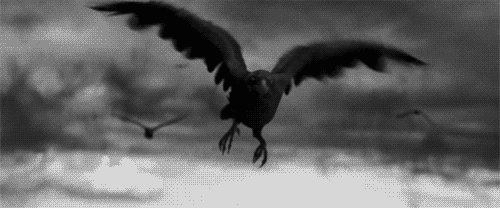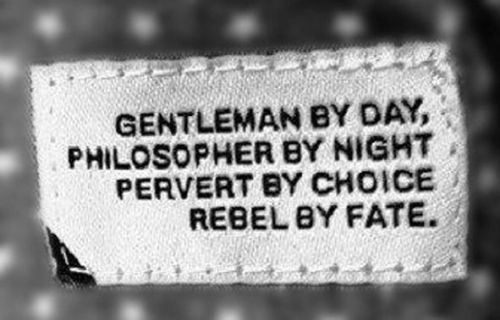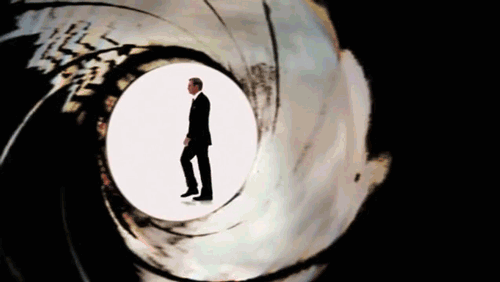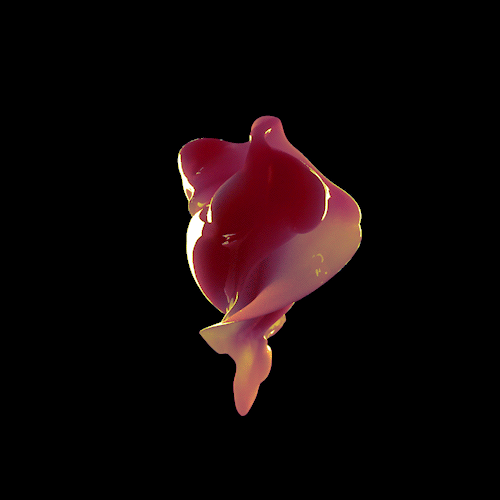
Delahaye automobile manufacturing company was started by Emile Delahaye in 1894, in Tours, France. His first cars were belt-driven, with single or twin cylinder engines. In 1900, Delahaye left the company.

In 1901, the Société des Automobiles Delahaye constructed a factory in Paris, where they continued to manufacture cars and trucks. In 1908, they began producing four cylinder engines, in sizes of 1.5 and 2.1 litres, as well as a 2.6 litre V6. They also licensed their designs to manufacturers in the United States and Germany. By the end of World War I, their major income was from their truck business.
In 1934 they introduced a 12cv car, with a 2.15 litre four cylinder engine, and an 18cv car powered by a 3.2 litre six — both engines derived from their successful truck engines. In 1935 the introduction of the Coupé des Alpes car model and the Model 135 car brought success to their car business as well, while the truck business also continued to thrive.
Delahayes of this period are recognized to be some of the most beautiful automobiles ever built. Some of the great coach-builders who provided bodies for Delahayes include Figoni et Falaschi, Chapron, and Letourneur et Marchand.
As was customary for car manufacturers in this period, Delahaye also tried its hand in racing in the middle of the 1930s after the American heiress Lucy O'Reilly Schell approached the company with an offer to pay the development costs to build cars to her specifications for rally racing. In 1937, René Le Bègue and Julio Quinlin won the Monte Carlo Rally driving a Delahaye. This was the time when the German Nazi party, in an attempt to establish dominance for their party, nation, and philosophy, nationalized the Mercedes-Benz and Auto Union racing teams and spared no expense to create some of the most advanced competition cars ever, whose raw speed was to be unequalled for the next 50 years.[citation needed] Against this juggernaut, Delahaye brought out the Model 145, the so called "Million Franc Delahaye" after its victory in the Million Franc Race; it was driven by René Dreyfus to victory at Pau in 1938, doubly humiliating the Nazis since a Jewish driver in a French car beat their vaunted, state of the art, Mercedes-Benz Silver Arrows. This competition victory combined with French patriotism to create a wave of demand for Delahaye cars, up until the German occupation of France during World War II.
In early 1940, over 100 cars of the 134, 175, and 168 (Renault-bodied) types were built for the French government. Private sales effectively ceased around June, but small numbers of cars continued to be built for the occupying forces until at least 1942.
After World War II, in late 1945, production of the 135 was resumed, and the 4.5 litre model 175 was introduced in 1948. This model was followed by the Type 235 in 1951, with an uprated 135 engine and styling by Philippe Charbonneaux. Sales slowed, however, and the last new model, a 3.5 litre Jeep-like vehicle known as VLRD (Véhicule Léger de Reconnaissance Delahaye), was released in 1951. In 1954, Delahaye was taken over by Hotchkiss, who shut down car production and, after producing trucks with the Hotchkiss-Delahaye nameplate for a few more months, dropped the Delahaye name altogether.
In the decades after the war, a number of other French luxury car marques disappeared, like Delahaye, due to the heavy French taxes on luxury vehicles at that time.















































